The Arts and Letters Club at 14 Elm Street. (Elm St. is a small avenue between Yonge and Bay streets, two blocks north of Dundas.)
The Goad’s Atlas map of 1884, which depicts Elm Street prior to the construction of St. George’s Hall. Yonge Street is on the far right of the map, and Bay Street is on the far left. Today, it is difficult to believe that there were empty fields on Elm Street in the 1880s. Notice that on the south side of Elm, the houses #7 and #9 appear, which today house Barbarian’s Steak House.
This Goad’s Atlas map is from 1900, and shows Elm Street after St. George’s Hall was erected. It is to the right of the YWCA. Again, Yonge St. is on the right and Bay St. on the left. The Methodist Church that is on the map is the Elm St. Methodist Church, which has since been demolished. Interestingly, the house at #54 Elm is on this map. It is where Tom Thomson rented a room when he arrived in Toronto as a young man in 1905.
The majestic St. George’s Hall at 14 Elm Street resembles a baronial castle. Built in the Richardsonian Romanesque style, similar to Toronto’s Old City Hall, its massive stone base, turrets, and the Roman arch above the entrance hearken back to the days of Mediaeval knights. Designed by Edwards and Webster, this fortress-like structure was completed in 1891. It was built for the St. George’s Society, an organization founded in 1834, the year the colonial town of York was incorporated as a city and changed its name to Toronto. The society was dedicated to maintaining British traditions in North America and assisting needy families. In the 1920s, the Arts and Letters Club took over the premises.
The Arts and Letters Club had been founded in 1908, and in 1910 had met on the second floor of the old County of York’s Magistrate’s building at 57 Adelaide Street West. The club was formed by a group of men dedicated to promoting the arts in Toronto. In 1913, they hosted Sir. Wilfred Laurier, and through the years such notables as Vincent Massey, Sir Ernest MacMillan, Dr. Healey Whillan, and Sir William Mulock were entertained on the premises. When the club took over St. George’s Hall on Elm Street, they wanted the building to include a Great Hall, and hired Henry Sproatt to design it. With its long oak tables, timbered ceiling and baronial fireplace, it resembled a Tudor dining hall with heavy wood panelling and heraldic crests invented specifically for the club. It became an ideal place for Toronto’s art community to spend winter evenings to discuss artistic events and trends, as well as attend pageants, plays, and musicals. Today, the Arts and Letters Club continues to be a gathering place for artists. Its walls contain artwork and memorabilia that preserve Canadian culture. The building is now designated a heritage site under the Ontario Heritage Act.
Sources of Information: Historic plaques on Elm Street and St. George’s Hall, “Toronto Architecture, a City Guide,” by Patricia McHugh, and Eric Arthur’s “Toronto, No Mean City.”
The Arts and Letters Club on the north side of Elm Street, flags flying on its south facade. It is situated between other 19th-century structures.
The impressive entrance to St. George’s Hall, now the Arts and Letters Club.
Detailing above the doorway of the Hall.
Stone carving on the building portraying St. George slaying the dragon.
Heraldic carvings on the south facade.
Roof of the structure with its gabled windows, turrets and pinnacles.
Entrance to the Arts and Letters Club and the grand staircase. A carving of the Britannic Lion is at the base of the stair rail.
St. George’s Hall (Arts and Letters Club) in 2013.
St. George’s Hall in 1919. Photo from the City of Toronto Archives.
To view the Home Page for this blog: https://tayloronhistory.com/
To view other posts about the history of Toronto and its buildings:
The 1860s houses on Elm St. (Barbarian’s Steak House)
The old “Silver Snail” shop on Queen St. West
The 1888 Toronto Club at Wellington and York
The north building at the St. Lawrence market that is to be demolished
The Ellis Building on Adelaide Street near Spadina Ave.
The Heintzman Building on Yonge Street, next to the Elgin Theatre
The tall narrow building at 242 Yonge Street, south of Dundas
https://tayloronhistory.com/2013/07/10/torontos-architectural-gems242-yonge-st-south-of-dundas/
Toronto’s first Reference Library at College and St. George Streets.
The Commodore Building at 315-317 Adelaide St. West
The Graphic Arts Building (condo) on Richmond Street
The Art Deco Victory Building on Richmond Street
The Concourse Building on Adelaide Street
The old Bank of Commerce at 197 Yonge Street
The Traders Bank on Yonge Street—the city’s second skyscraper
https://tayloronhistory.com/2013/05/22/torontos-architectural-gemstraders-bank-on-yonge-st/
Toronto’s old Union Station on Front Street, built in 1884
https://tayloronhistory.com/2013/05/18/torontos-lost-architectural-gemsthe-old-union-station/
St. Andrew’s Presbyterian Church at King and Simcoe Streets.
https://tayloronhistory.com/2013/05/13/torontos-architectural-gemshistoric-st-andrews-on-king-st/
The row houses on Glasgow Street, near Spadina and College Streets
https://tayloronhistory.com/2013/05/10/torontos-architectural-gemsrow-houses-on-glasgow-st/
The bank at Queen and Simcoe that resembles a Greek temple
The cenotaph at Toronto’s Old City Hall
https://tayloronhistory.com/2013/04/09/torontos-architectural-gemscenotaph-at-old-city-hall/
The magnificent Metropolitan Cathedral at King East and Church Streets
https://tayloronhistory.com/2013/04/02/torontos-architectural-gemsmetropolitan-cathedral/
St. Stanislaus Koska RC Church on Denison Avenue, north of Queen West
The historical St. Mary’s Church at Adelaide and Bathurst Streets
The Bishop’s (St, Michael’s) Palace on Church Street, Toronto
https://tayloronhistory.com/2013/03/02/torontos-architectural-gemsbishops-palace-on-church-street/
The Union Building at Simcoe and King Street West
https://tayloronhistory.com/2013/03/30/torontos-architectural-gemsthe-union-building-on-king-st/
The Ed Mirvish (Pantages, Imperial, Canon) Theatre, a true architectural gem on Toronto’s Yonge Street
The Waverly Hotel on Spadina near College Street.
https://tayloronhistory.com/2013/02/16/toronto-architectural-gemsthe-waverly-hotel-484-spadina/
The Art Deco Bank of Commerce building on King Street West.
The Postal Delivery Building, now the Air Canada Centre (ACC)
The Bellevue Fire Station on College Street
https://tayloronhistory.com/2013/02/14/torontos-architectural-gems-bellevue-fire-station/
The Bank of Nova Scotia at King and Bay Streets
Toronto’s old Sunnyside Beach
https://tayloronhistory.com/2013/02/01/a-pictorial-journey-to-sunnyside-beach-of-old-part-one/
https://tayloronhistory.com/2013/02/03/a-pictorial-journey-to-torontos-old-sunnyside-beach-part-two/
Toronto’s architectural gems—the Runnymede Library
https://tayloronhistory.com/2013/02/05/torontos-architectural-gems-runnymede-library/
Spadina Avenue – sinful, spicy and diverse
https://tayloronhistory.com/2012/09/28/sinfully-saucy-and-diversetorontos-spadina-avenue/
The Reading Building, a warehouse loft on Spadina Avenue
https://tayloronhistory.com/2013/01/20/torontos-architectural-gemsthe-reading-building-on-spadina/
The Darling Building on Spadina Avenue
https://tayloronhistory.com/2013/01/19/torontos-architectural-gemsthe-darling-building-on-spadina/
The amazing Fashion Building on Spadina Avenue
Toronto’s architectural gems – the Tower Building at Spadina and Adelaide Street
The Balfour Building at 119 Spadina Avenue
The Robertson Building at 215 Spadina that houses the Dark Horse Espresso Bar
An architectural gem – Grossman’s Tavern at Spadina and Cecil Streets
https://tayloronhistory.com/2012/11/08/architectural-gem-grossmans-tavern-at-377-9-spadina/Historic
History of the house that contains the Paul Magder Fur Shop at 202 Spadina
An important historic building that disappeared from the northeast corner of Spadina and College
Historic bank building on northeast corner of Spadina and Queen West
https://tayloronhistory.com/2012/12/02/torontos-architectural-gemsbank-at-spadina-and-queen-west/
History of the Backpackers’ Hotel at King and Spadina
https://tayloronhistory.com/2012/03/31/history-of-the-backpackers-hotel-at-king-and-spadina/
Hamburger corner – Spadina and Queen Streets
https://tayloronhistory.com/2012/10/10/torontos-hamburger-cornerwhere-is-it-and-why/
Lord Lansdowne Public School on Spadina Crescent
The Victory Burlesque Theatre at Dundas and Spadina
https://tayloronhistory.com/2012/09/08/the-sinful-victory-burlesque-theatre-at-dundas-and-spadina/
The Dragon City Mall on the southwest corner of Dundas and Spadina
https://tayloronhistory.com/2012/08/25/torontos-heritage-the-southwest-corner-of-queen-and-spadina/
Buildings on the west side of Spadina a short distance north of Queen Street.
History of the site of the Mcdonalds on northwest corner of Queen and Spadina
https://tayloronhistory.com/2012/08/27/mcdonalds-at-queen-and-spadina-on-an-historic-site/
A former mansion at 235 Spadina that is now almost hidden from view.
ttps://tayloronhistory.wordpress.com/2012/07/04/torontos-architectural-gems-is-this-one-a-joke/
Military hero of the War of 1812 lived near corner of Spadina and Queen West.
The Art Deco bus terminal at Bay and Dundas Streets.
Photos of the surroundings of the CN Tower and and the St. Lawrence Market in 1977
The old Dominion Bank Building at King and Yonge Street
The Canada Life Building on University and Queen Street West.
Campbell House at the corner of Queen Street West and University Avenue
A study of Osgoode Hall
https://tayloronhistory.com/2012/04/12/enjoying-torontos-architectural-gems-osgoode-hall/
Toronto’s first City Hall, now a part of the St. Lawrence Market
Toronto’s Draper Street, a time-tunnel into the 19th century
The Black Bull Tavern at Queen and Soho Streets, established in 1822
History of the 1867 fence around Osgoode Hall on Queen Street West at York Street
Gathering around the radio as a child in the 1940s
The opening of the University Theatre on Bloor Street, west of Bay St.
https://tayloronhistory.com/2012/02/24/the-opening-of-torontos-university-theatre-on-bloor-street/
122 persons perish in the Noronic Disaster on Toronto’s waterfront in 1949
Historic Victoria Memorial Square where Toronto’s first cemetery was located, now hidden amid the Entertainment District
https://tayloronhistory.com/2012/01/09/victoria-square-in-torontos-entertainment-district-is-a-gem/
Visiting one of Toronto’s best preserved 19th-century streets-Willcocks Avenue
The 1930s Water Maintenance Building on Brant Street, north of St. Andrew’s Park
Toronto’s architectural gems-photos of the Old City from a book published by the city in 1912
Toronto’s architectural gems in 1912
https://tayloronhistory.com/2012/12/04/torontos-architectural-gems-in-1912/
Toronto’s architectural gems – the bank on the northeast corner of Queen West and Spadina
https://tayloronhistory.com/2012/12/02/torontos-architectural-gemsbank-at-spadina-and-queen-west/
Photos of the surroundings of the CN Tower and and the St. Lawrence Market in 1977
The St. Lawrence Hall on King Street
https://tayloronhistory.com/2012/04/28/enjoying-torontos-architectural-gems-the-st-lawrence-hall/
Toronto’s streetcars through the past decades
https://tayloronhistory.com/2012/03/26/memories-of-torontos-streetcars-of-yesteryear/
History of Trinity Bellwoods Park
https://tayloronhistory.com/2012/04/09/the-history-and-beauty-of-trinity-bellwood-park/
A history of Toronto’s famous ferry boats to the Toronto Islands
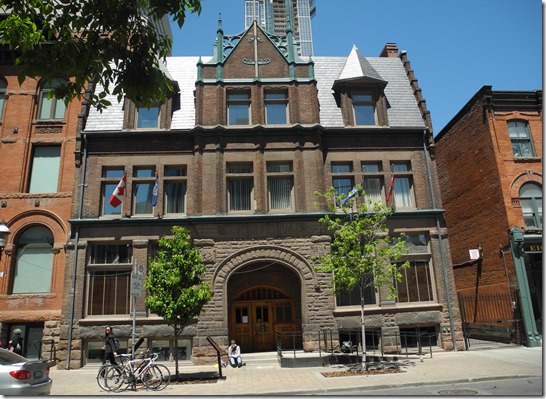
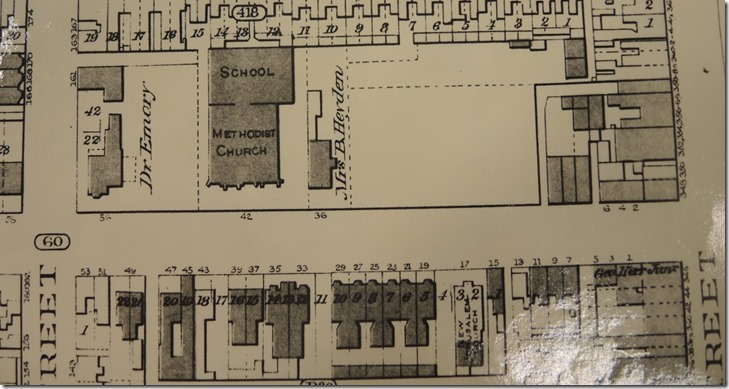
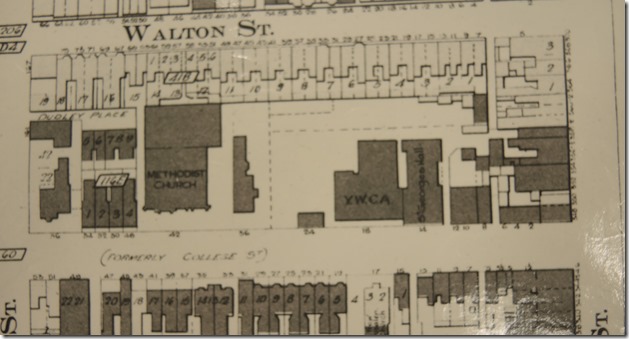
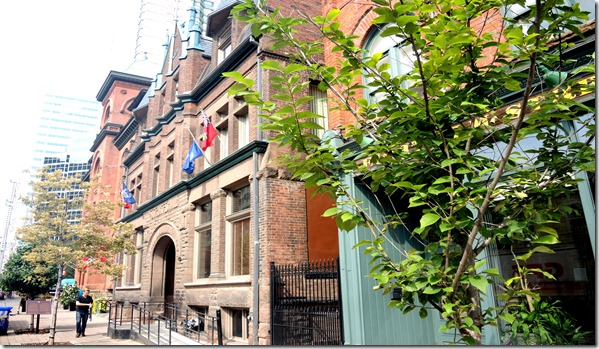
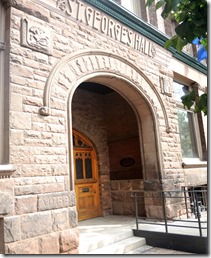
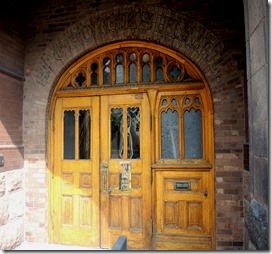
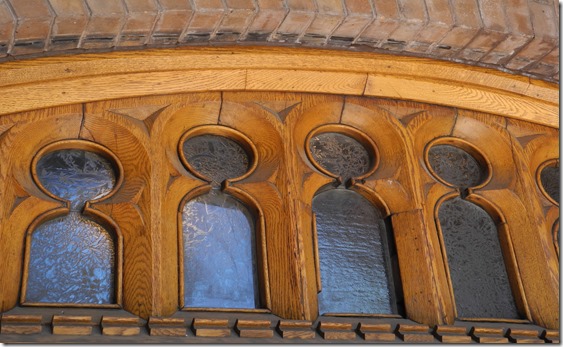
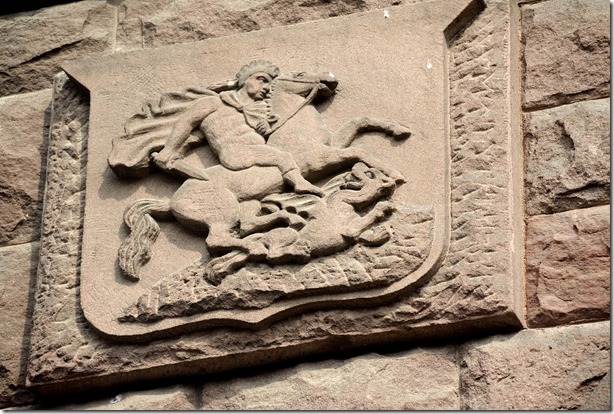
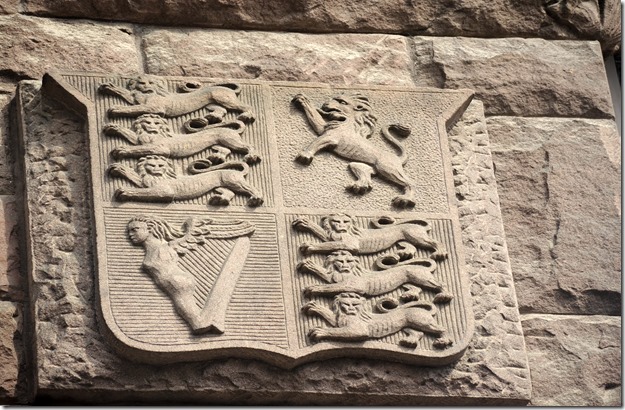
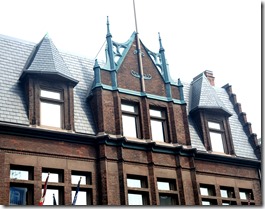
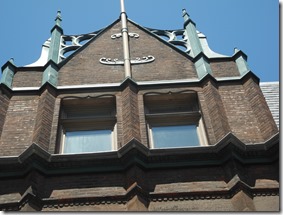
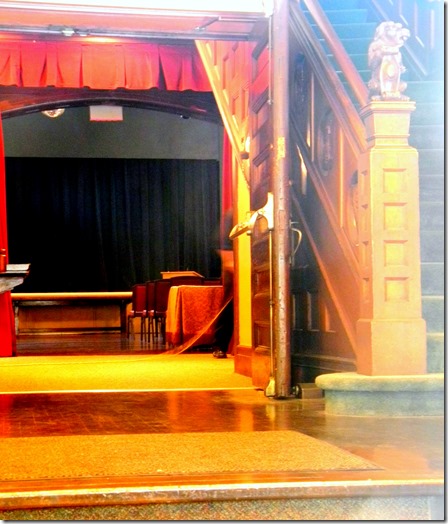
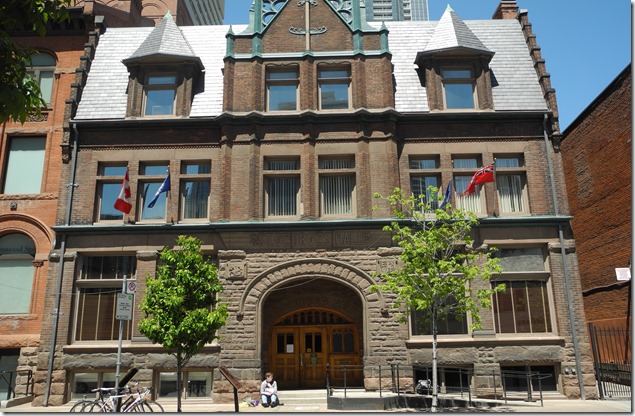
![Willard hall- 1919 f1231_it0590[1] Willard hall- 1919 f1231_it0590[1]](https://tayloronhistory.com/wp-content/uploads/2013/09/willard-hall-1919-f1231_it05901_thumb.jpg)